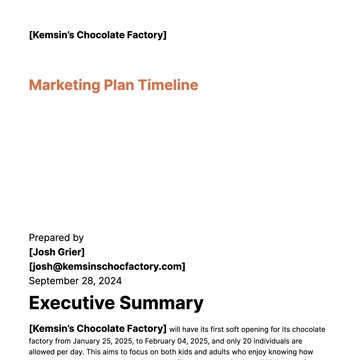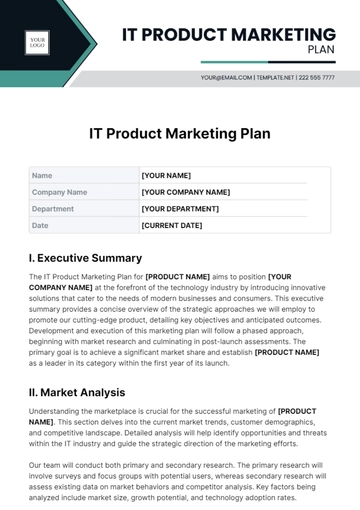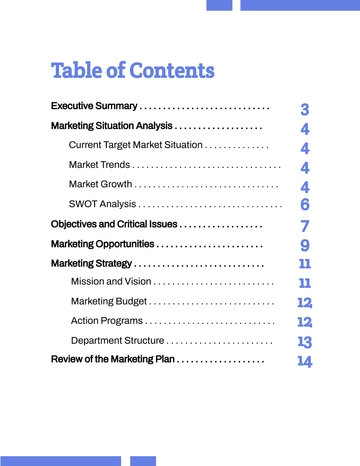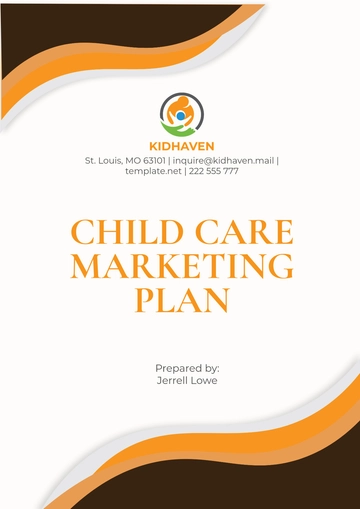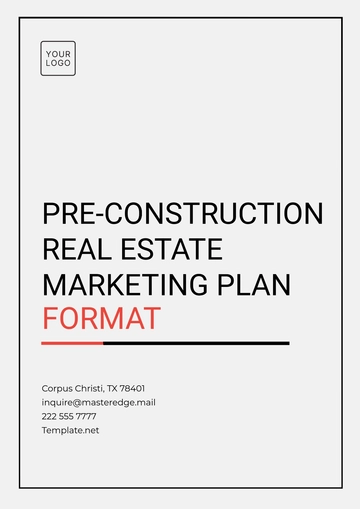Free Restaurant Delivery Service Marketing Plan
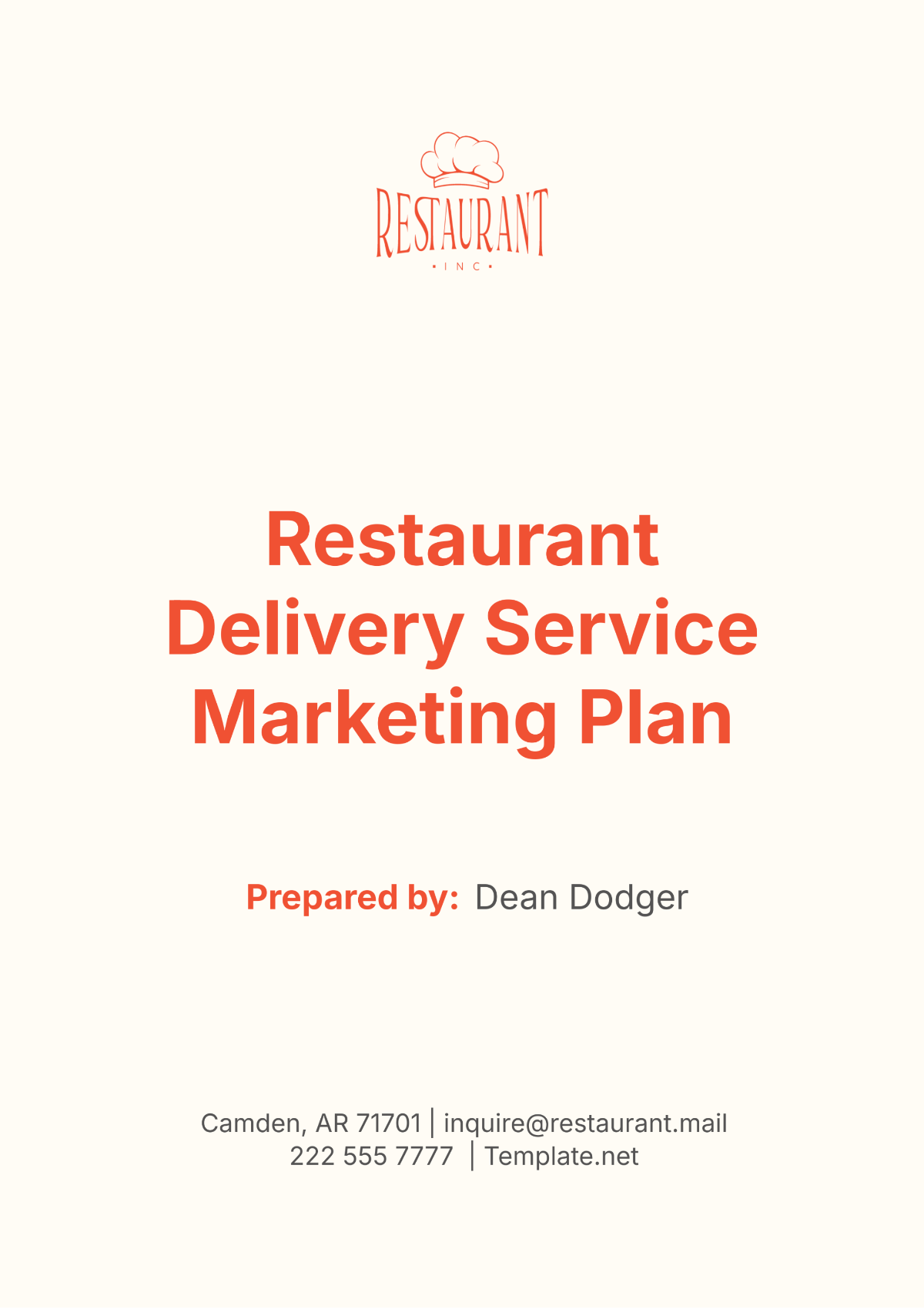
I. Executive Summary
[Your Company Name] stands at the forefront of revolutionizing dining experiences by offering a premier restaurant delivery service. Our mission is to seamlessly connect diners with their favorite local cuisines through a fast, reliable, and user-friendly platform. With a focus on metropolitan and suburban areas, we aim to cater to the needs of a diverse clientele ranging from busy professionals to families seeking convenient meal solutions. Our service not only enhances the accessibility of diverse culinary options but also supports local businesses by expanding their reach and visibility in the market.
In pursuit of our goals, we plan to implement strategic marketing campaigns tailored to the unique preferences and behaviors of our target demographic. This will include leveraging digital marketing techniques such as social media advertising, email promotions, and partnership deals with popular local restaurants. By enhancing our online presence and optimizing our delivery network, we intend to boost customer engagement and satisfaction. Ultimately, our efforts are directed towards increasing market penetration and driving revenue growth, ensuring that [Your Company Name] becomes synonymous with excellence in food delivery services.
II. Market Analysis
To effectively position [Your Company Name] in the competitive restaurant delivery service market of [Big City], we have conducted a comprehensive analysis of the local demographic, demand for delivery services, and existing competitors. This analysis will guide our marketing strategies and operational decisions, ensuring that we meet the specific needs of our target market while differentiating ourselves from other players in the industry. The following tables provide a detailed overview of our findings.
Market Overview
Metric | Description |
|---|---|
Target Market | Busy professionals, families, students |
Location Focus | Urban areas within [City/Town] |
Population | Approximately [0] people |
Median Age | [32] years |
Median Household Income | $ [0] |
Market Demand
Metric | Description |
|---|---|
Demand for Delivery Services | High, especially during evening hours and weekends |
Popular Cuisine Types | American, Italian, Chinese, Indian, and Fast Food |
Average Monthly Spend on Delivery | $ [0] per household |
Competitive Analysis
Competitor | Strengths | Weaknesses |
|---|---|---|
[Competitor 1] | Large market share, extensive menu options | Higher prices, slower delivery times |
[Competitor 2] | Strong branding, customer loyalty | Limited cuisine variety |
[Competitor 3] | Fast delivery, competitive pricing | Inconsistent food quality |
III. SWOT Analysis
Our SWOT analysis for [Your Company Name] carefully assesses the internal strengths and weaknesses, as well as the external opportunities and threats, that influence our restaurant delivery service. This critical analysis aids in developing robust strategies to capitalize on our assets, address our limitations, expand our market reach, and mitigate potential risks. Below, the SWOT elements are organized in a clear, structured format to facilitate strategic planning and decision-making.
Strengths | Weaknesses |
|---|---|
Partnerships with a wide variety of local restaurants | Limited geographic coverage |
Efficient and timely delivery service | Higher delivery costs compared to competitors |
Strong social media presence |
Opportunities | Threats |
|---|---|
Expansion into neighboring cities | Intense competition from established delivery services |
Collaborations with more restaurants | Fluctuations in food prices |
Introduction of subscription-based delivery models | Changing consumer behavior post-pandemic |
IV. Marketing Objectives
Our marketing objectives for [Your Company Name] are strategically designed to propel our growth and establish our brand within the competitive landscape of restaurant delivery services. They are divided into short-term goals, which aim to quickly enhance our market presence and customer engagement, and long-term goals, focused on sustainable expansion and brand dominance. Below, these objectives are outlined to guide our marketing efforts and ensure alignment with our overarching business strategy.
Short-Term Objectives:
Increase brand awareness by [20]% within [six months]
Achieve a 10% growth in customer base in the first quarter
Launch a targeted social media ad campaign
Long-Term Objectives:
Expand delivery services to three additional cities within [two years]
Establish [Your Company Name] as the go-to delivery service in the urban market
V. Marketing Strategies
To effectively increase the visibility and reach of [Your Company Name], our marketing strategies are crafted to engage our audience through various digital channels. Each strategy is designed to build a stronger brand presence, attract new customers, and enhance loyalty among existing users. The approaches we've chosen leverage content creation, social media engagement, email communication, and influencer partnerships, tailored to resonate with our target demographics. Below are the detailed strategies we plan to implement:
Content Marketing: Create engaging blog posts, videos, and social media content highlighting customer testimonials, restaurant partnerships, and special promotions.
Social Media Marketing: Utilize platforms such as [Your Company Social Media] to run paid ads, engage followers through contests, and share user-generated content.
Email Marketing: Develop a monthly newsletter featuring exclusive discounts, new restaurant partnerships, and loyalty rewards for frequent users.
Influencer Collaboration: Partner with local food bloggers and social media influencers to promote our delivery services.
VI. Budget Allocation
To support our ambitious marketing objectives, [Your Company Name] has allocated a specific budget, which will be strategically distributed across various marketing channels to maximize impact and return on investment. This budget allocation is designed to efficiently utilize resources while fostering growth in brand awareness and customer base. The following table outlines the distribution of funds to our primary marketing activities, ensuring that each channel receives the attention and investment necessary to achieve our goals.
Marketing Channel | Percentage of Total Budget | Amount of Total Budget |
|---|---|---|
Content Marketing | [0]% | $[0] |
Social Media Advertising | [0]% | $[0] |
Email Marketing | [0]% | $[0] |
Email Marketing | [0]% | $[0] |
VII. Implementation Timeline
The implementation timeline for [Your Company Name]'s marketing plan is structured to efficiently roll out and scale our initiatives over the course of the year. This phased approach allows us to adapt and refine our strategies based on real-time feedback and performance metrics, ensuring optimal effectiveness. Below is a detailed timeline that outlines the key activities and their scheduled durations, enabling clear visibility and management of our marketing efforts.
Time Frame | Activities |
|---|---|
Month 1-2 |
|
Month 3-6 |
|
Month 6-12 |
|
This timeline ensures a structured and strategic rollout of our marketing initiatives, aligned with our overarching goals of expanding market reach and enhancing customer engagement.
VIII. Evaluation and Control
We will continuously track our progress using key performance indicators such as website traffic, conversion rates, customer retention, and social media engagement. Monthly reports will be generated to assess the effectiveness of our marketing strategies and make necessary adjustments.
By strategically implementing these marketing efforts, [Your Company Name] aims to not only enhance brand visibility but also establish a loyal customer base, thereby ensuring long-term success in the restaurant delivery market.
- 100% Customizable, free editor
- Access 1 Million+ Templates, photo’s & graphics
- Download or share as a template
- Click and replace photos, graphics, text, backgrounds
- Resize, crop, AI write & more
- Access advanced editor
Introducing Template.net's Restaurant Delivery Service Marketing Plan Template – your essential guide to boosting your delivery business in the food service industry. This editable and customizable template ensures clarity and strategic focus in your marketing efforts. Crafted for success, it's editable in our Ai Editor Tool, offering seamless customization. Enhance your restaurant's delivery service with a comprehensive marketing plan covering target audience analysis, promotional strategies, digital marketing, and performance tracking.

